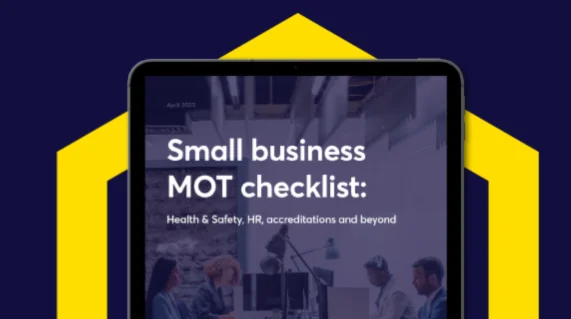Running a successful business is all about managing risks. Understanding the different types of risk assessment is essential to build a solid foundation for your company. Whether facing financial uncertainties or workplace safety concerns, identifying and reducing risks is crucial for long-term success. To effectively tackle these challenges, you need to choose the right risk assessment method tailored to your specific needs. This blog post will explore five different types of risk assessments, outlining when and why you might need each one.
What are the different types of risk assessment?
Let’s first outline the five main types of risk assessments:
- Qualitative risk assessment: Evaluates risks based on subjective criteria and expert judgement, ideal for situations where quantifiable data may be scarce.
- Quantitative risk assessment: Quantifies risks using probabilities or monetary values, useful for calculating potential financial losses.
- Generic risk assessment: Provides a broad risk evaluation applicable to a wide range of businesses within an industry, addressing common risks.
- Site-specific risk assessment: Tailored to a particular location or project, considering unique conditions and variables.
- Dynamic risk assessment: Conducted in real-time, focusing on changing circumstances and evolving risks, essential for industries requiring quick adaptation.
Now, let’s dive into each of these assessments in detail, shedding light on their unique characteristics and ideal use cases.
Qualitative risk assessment
Qualitative risk assessments are used when a business needs to evaluate risks based on subjective criteria and expert judgement rather than quantifiable data. This method is valuable for identifying potential risks that may not have readily available data.
This method is widely used to assess risk levels based on the severity of harm and the likelihood of occurrence. For example, in project management, qualitative assessments can identify risks related to team dynamics and stakeholder communication.
Quantitative risk assessment
When you need to quantify risks in financial terms or probabilities, quantitative risk assessments are your go-to. This approach helps calculate potential financial losses associated with each hazard, which is crucial in fields like construction. By determining project costs and resource needs, you can plan effectively, stay within budget, and deliver consistent projects.
Generic risk assessment
Generic risk assessments offer broad, generalised evaluations applicable across various businesses within an industry. This is highly useful when a standard set of risks applies to different companies. For instance, in construction, a generic assessment might cover common hazards like falls, electrical issues, and equipment safety.
These assessments also help businesses comply with legislation like the Management of Health and Safety at Work Regulations (1999). The legislation details that employers should make a conscious effort to assess risks associated with Health and Safety of their employees and any visitors. As the variable nature of hazards affects risk levels, a generic risk assessment can help form a solid basis for a site-specific risk assessment, which we explore in the next section below.
Site-specific risk assessment
Tailored to specific locations or projects, site-specific risk assessments consider unique conditions and variables. These are essential when geological, environmental, and operational factors can impact safety. These assessments can be qualitative or quantitative, adapting to the unique needs of each site.
Dynamic risk assessment
Dynamic risk assessments are conducted in real-time, crucial for industries like healthcare that face constantly changing circumstances. These assessments allow for immediate decisions to protect staff and patients in unforeseen situations.
Implementing risk assessments effectively with HS Direct
Don’t let the complexities of risk assessment overwhelm you. Whether you need a comprehensive guide, a ready-to-use template, or expert advice, there are resources available to help you navigate the process.
Get started with a basic framework to identify and assess risks in your workplace. Find tailored templates that address common hazards in your sector. Benefit from expert advice and support to ensure your risk assessments are thorough and compliant.
Creating robust risk assessments is crucial for protecting your employees, your business, and ensuring legal compliance. Take the first step today by exploring the resources available and building a safer work environment. Or, if you want to speak to a member of the team about risk assessments or your business needs, just call 0161 532 9886 or visit our contact page and we’ll get back to you!





